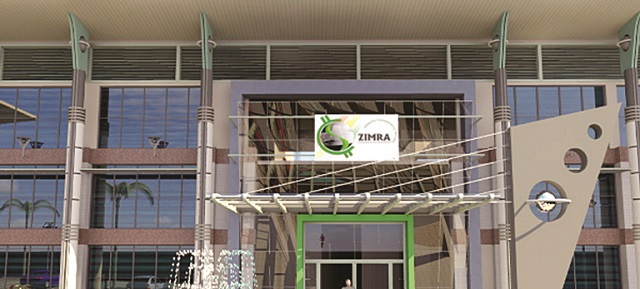Zimra collects $108bn revenue
Zimra collected $108,93 billion in taxes and duties for the quarter of April to June this year surpassing its target by 15,96 percent, mainly due to intensified enforcement of tax laws and revenue enhancement activities.
The target for the second quarter had been set at $93,93 billion.
All taxes registered positive growth. Zimra paid out refunds of $2,29 billion during the quarter, leaving the net revenue at $106,64 billion.
Cumulatively, the net taxes and duties collected reached $195,18 billion by the end of last month, taking into account the refunds of $4,64 billion.
With a target of $180 million, Zimra managed to collect 8,16 percent more.
Zimra vice board chairperson Mrs Josephine Matambo said the relaxed Covid-19 lockdown restrictions allowed most companies to resume operations while others increased productivity, so raising VAT and other taxes.
“This, buoyed with the increased access to foreign currency through the forex auction system and the intensified enforcement and revenue enhancement activities by the authority, resulted in enhanced revenue collections,” said Mrs Matambo in her quarterly revenue performance report issued yesterday.
“In comparison with the same period in 2020 where a total of $20,11 billion was collected, nominal net revenue collections grew by 430,19 percent. All revenue heads registered positive growth in nominal terms.”
Even after adjusting for inflation, Zimra did very well, more than tripling collections.
Mrs Matambo said net revenue grew by 202,30 percent in the second quarter of this year as compared to the same quarter last year.
Companies contributed 21,44 percent of the total collected, individuals 16,94 percent, VAT on local sales 13,89 percent, VAT on imports 10,03 percent, customs duty 6,40 percent, excise duty 11,87 percent, mining royalties 4,08 percent, the money transfer tax 8,90 percent, non-tax revenue 1,68 percent, carbon tax 1,21 percent, WHT on contracts 1,31 percent and DFIR 0,67 percent.
Mrs Matambo said the individuals head performed well because most companies pushed up salaries and allowances in the first quarter, and this was reflected in much higher PAYE contributions.
“In the second quarter, companies continued to adjust salaries to cushion their employees against the increasing cost of living. The opening up of the economy after several months of strict lockdown conditions resulted in many companies paying full salaries and other re-engaging their previously laid off employees,” she said.
Mrs Matambo said the economic environment continued to improve in the second quarter on the back of heightened implementation of the National Development Strategy (NDS-1), a five-year Government economic blueprint running from this year to 2025.
During the quarter the exchange rate could be regarded as basically stable with just slight weakening against the US dollar.
Mrs Matambo said the stability in exchange rates and the decreasing inflation have instilled more confidence in business and the performance of the economy as a whole, and that will in turn stimulate economic activity.
A growing economy means more tax is collected.
Recently, the World Bank projected a 3,9 percent growth for this year while the International Monetary Fund (IMF) projected 6 percent growth and the Ministry of Finance and Economic Development has projected a 7,5 percent growth.
The growth everyone agrees is happening, with only the actual rate being debated, is built on bumper harvests last season along with more energy production and the resumption of increased manufacturing and construction activities.
But interruptions to business due to Covid-19 remain a threat to achievement of the growth targets.
Zimra said to avert a possible impact of Covid-19 on businesses, it is already implementing remedies that will ensure minimum shock to revenue collections.-herald.cl.zw











